- Home
- Science
- Environment
- New Orleans is trying to ensure that Katrina's devastation never happens again
New Orleans is trying to ensure that Katrina's devastation never happens again
More than 50% of New Orleans is already below sea level. The only things keeping the city safe are levees and flood walls.

But sea levels are projected to rise by around 4.5 feet this century as global warming causes water to expand and land ice to melt.
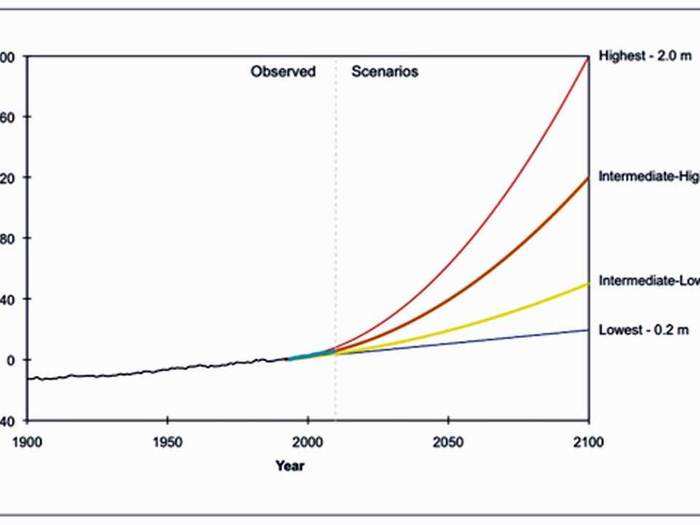
Sea levels are rising faster in Louisiana than almost anywhere else due to rapid sinking of marshy coastal land (orange shows land that disappeared between 1937 and 2000).
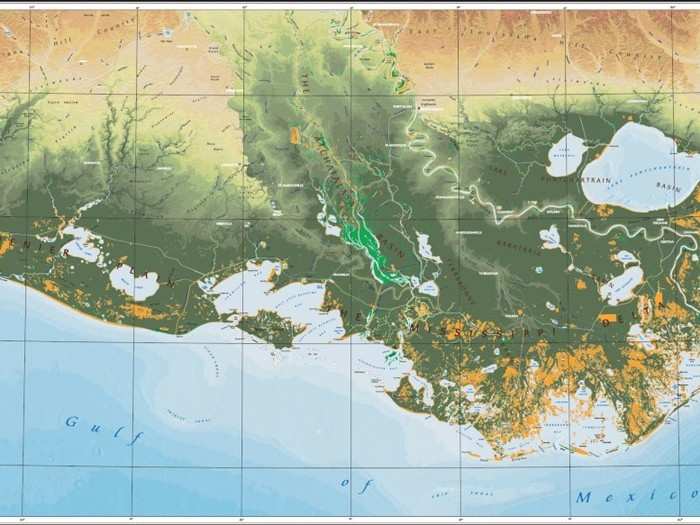
Here's a look at New Orleans elevations by the end of the century.
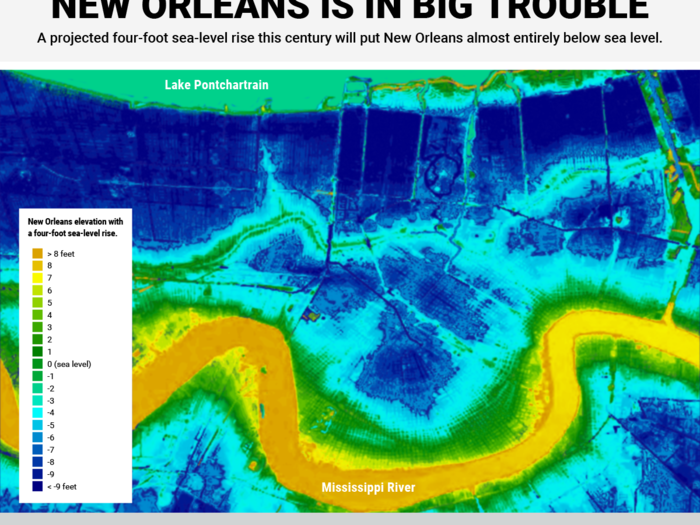
With Katrina, we already saw the flooding and destruction that could happen again and again as the situation gets worse. The hurricane hit the city in late August of 2005.
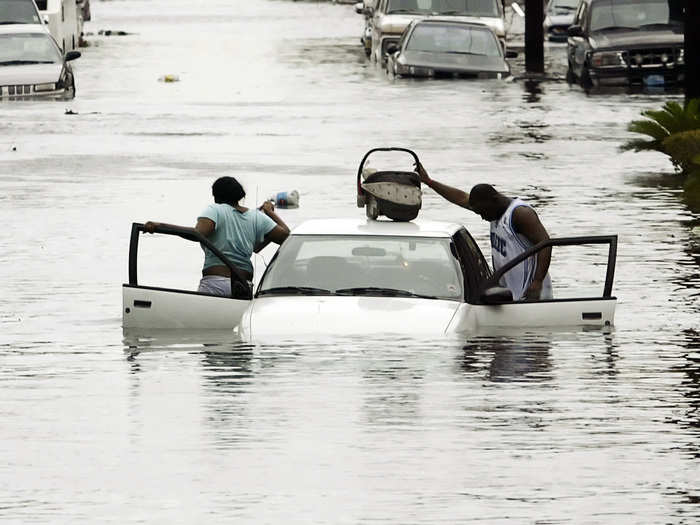
The storm surge was more than the levees that stop water from flooding the city every day could handle and more than 80% of the city flooded. The storm killed more than 1,800 people in total, did $75 billion worth of damage to New Orleans, and left more than 100,000 homeless.

Some describe the hundreds of thousands who never returned to New Orleans as the first major wave of climate refugees.

Source: Grist
While Katrina was 10 years ago, it's still the model for what could happen because the factors that made the storm so devastating are getting worse — sea levels are rising and as global temperatures rise, storms are expected to get stronger and become more frequent.
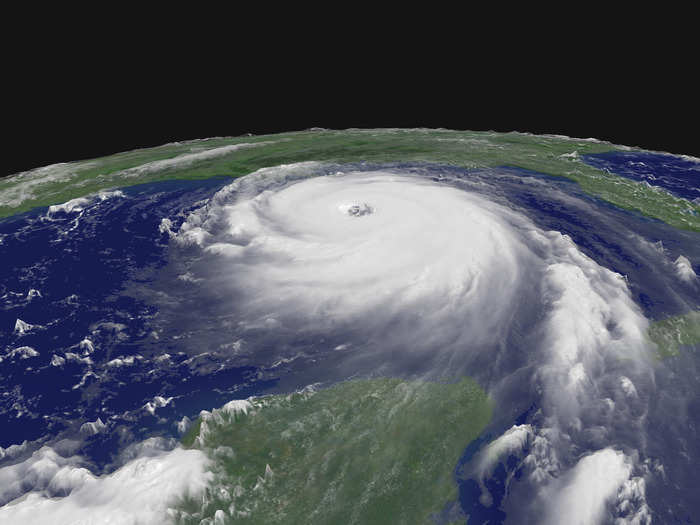
This isn't just a future risk. "The timeframe is — it's already happened," says Alex Kolker, an adjunct professor in the Department of Earth and Environmental Sciences at Tulane who focuses on changing coastal systems, especially the Louisiana coast. But the risk is only getting worse.
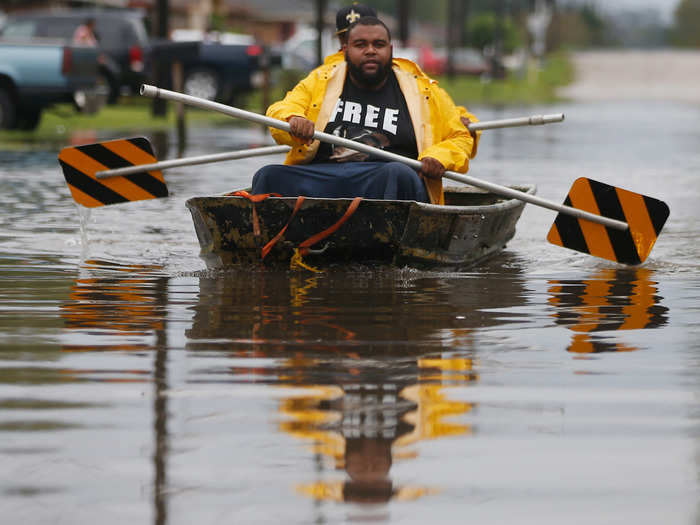
It doesn't help that the land is sinking. The Louisiana coast has lost almost 2,000 square miles of land since the Mississippi’s natural flow, which deposited sediment that replaced land carried away, was diverted in 1932 to protect communities from the river’s seasonal floods. All the land in red is gone already, and the yellow patches are expected to disappear in the next 35 years.
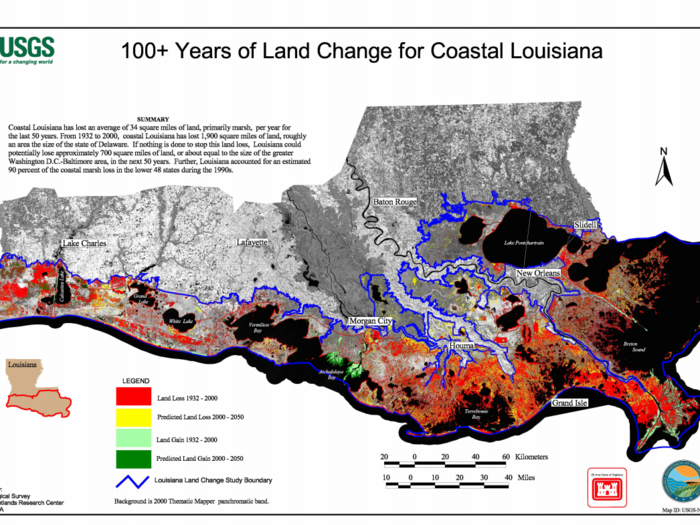
Source: NOAA
Local gas and oil production has been shown to accelerate the dangerous process of subsidence.
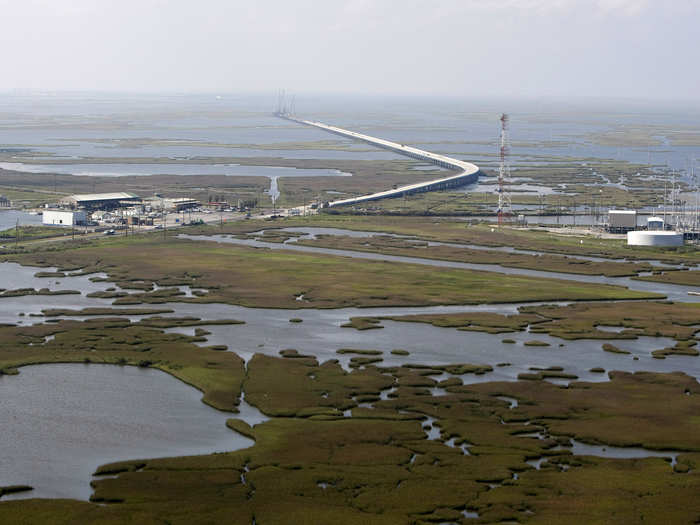
Source: USGS
Much of what has been lost is valuable marshland, which helps buffer storm impacts and absorb flooding. The marsh photographed here, part of Barataria Preserve, is likely to be gone in a few years.
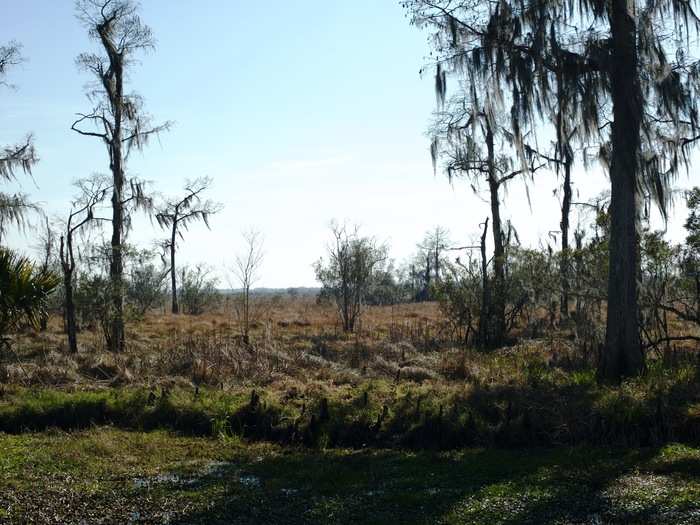
Source: Matter
In some areas of coastal Louisiana, water is already rising between one and three to four centimeters a year — the same rates predicted for the rest of the world by end of the 21st century.
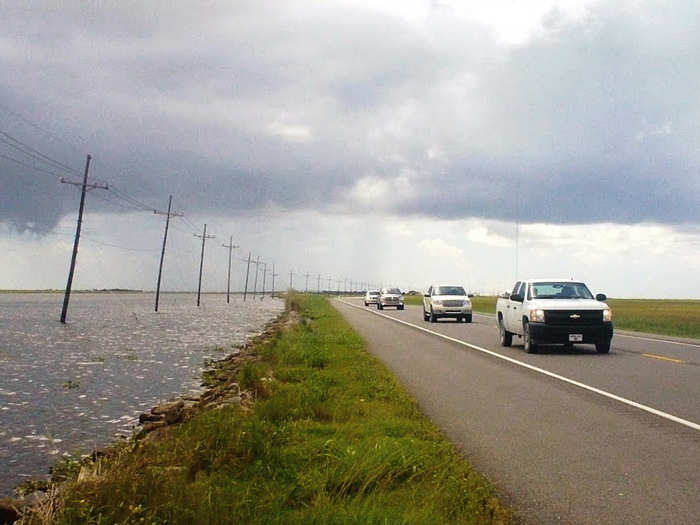
Source: Kolker
Last year it was discovered that a new levee, meant to block storm surges and flooding, had sunk up to six inches for a stretch longer than a mile. A year before, another levy was found to have dropped three feet.
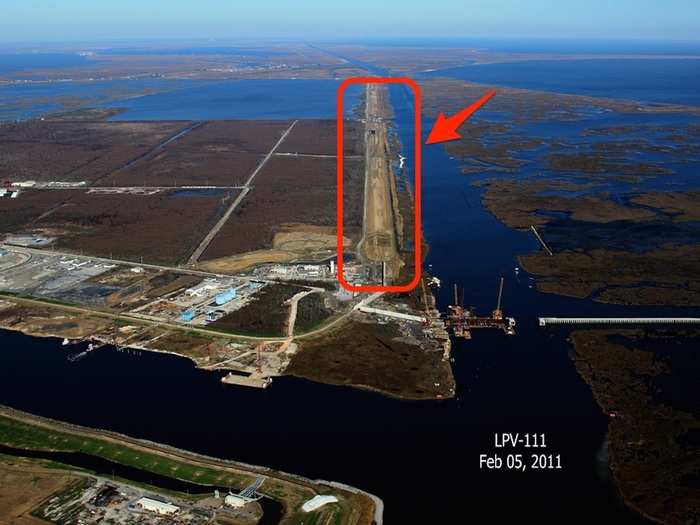
Source: The Lens
A forensic engineer who analyzed why the levees failed to protect New Orleans and the surrounding area during Katrina said that building these protective structures on this type of terrain is “like putting bricks on Jell-O.”

Source: The Lens
And then there's the steady increase in hurricane strength and frequency as water temperature increases.
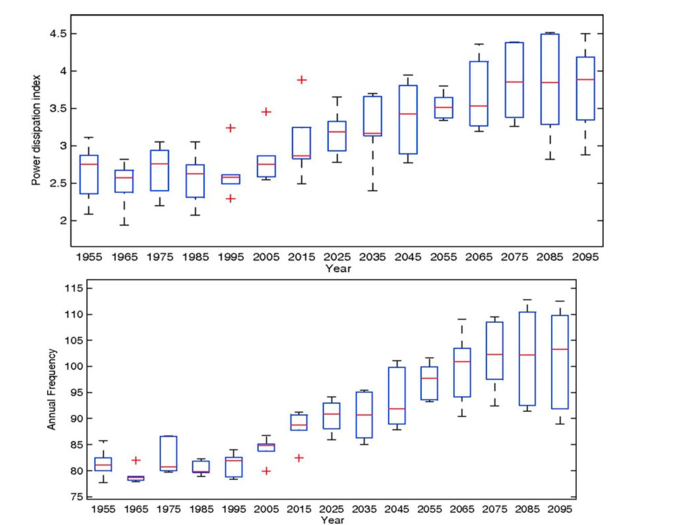
America's Hurricane Alley is going to get a lot worse in the coming years.
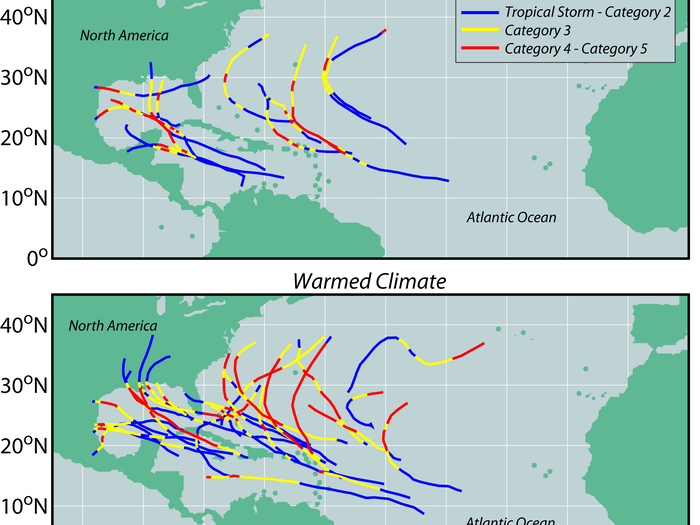
Source: NOAA, Scientific American
Hurricanes and sea level rise aren't the only threats to New Orleans. Temperatures are on the rise too.
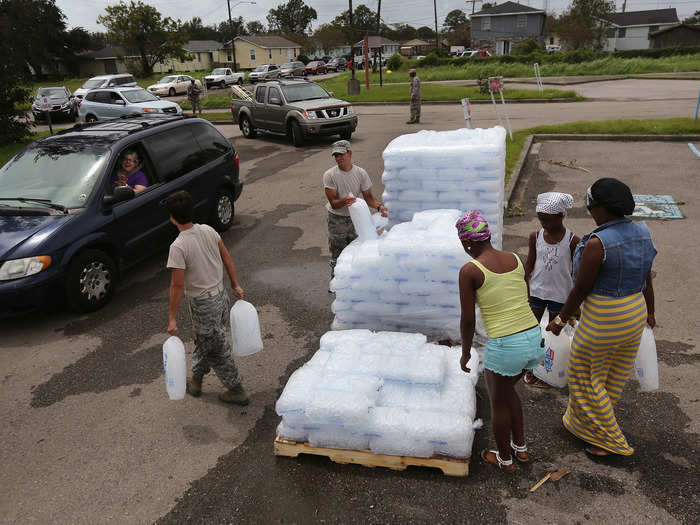
Louisiana's average temperature is going up, according to NOAA, and the number of days over 65 degrees is expected to increase 43% by mid-century, according to a National Climate Assessment report released last year.
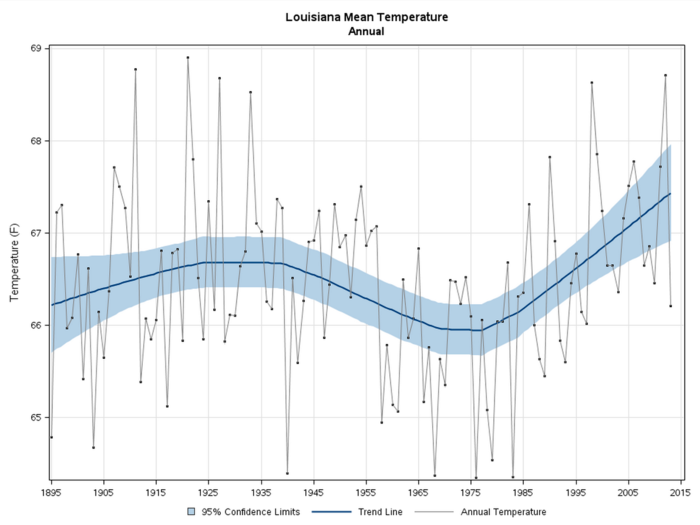
Heat kills more people each year than cold, hurricanes, tornadoes, floods, or any other weather-related cause.
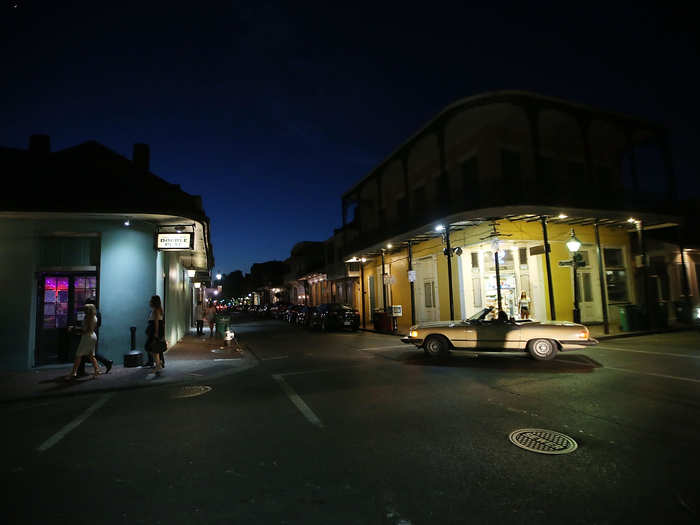
Source: CDC
And in an already sweltering city like New Orleans, with more than 70 days a year that top 90 degrees, further increases in temperature pose serious health risks — especially for elderly residents and families who can't afford air conditioning.
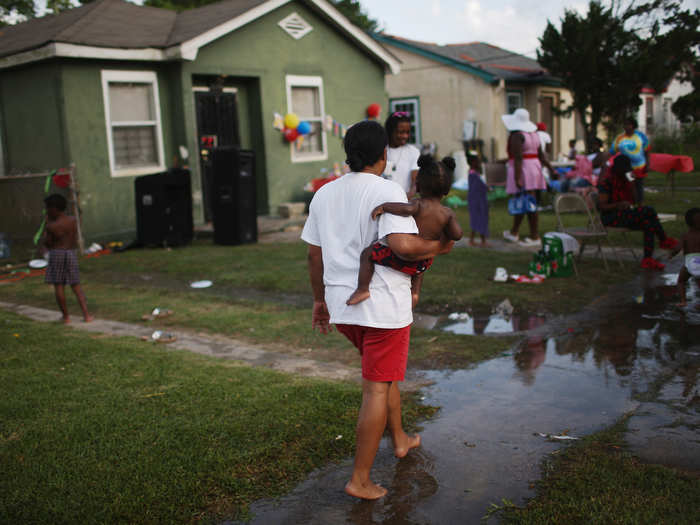
Source: NOAA
Increased temperatures could also have a serious effect on the city (and Gulf region's) famed seafood industry. Heat makes algal blooms that kill sea life more common, and it's also stressing Caribbean reefs, which are the source for much sea life in the Gulf.

Source: NRDC
The OECD has estimated that climate change could put more than one million people and $200 billion at risk from damage to New Orleans and the surrounding area by the 2070s. It's one of the most vulnerable cities in the world, according to a recent study in Nature Climate Change.
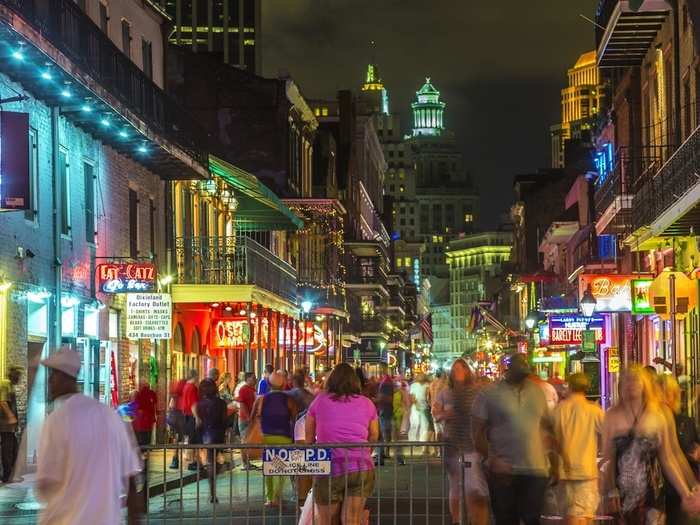
Source: OECD, Nature Climate Change
There is a plan in place to try to protect the region by restoring valuable marshland and figuring out how to let the Mississippi's floods flow more naturally, along with building up levees and other protective structures — but it's approximately a 50-year, $50 billion plan, and one where the funding for the entire thing is not there.
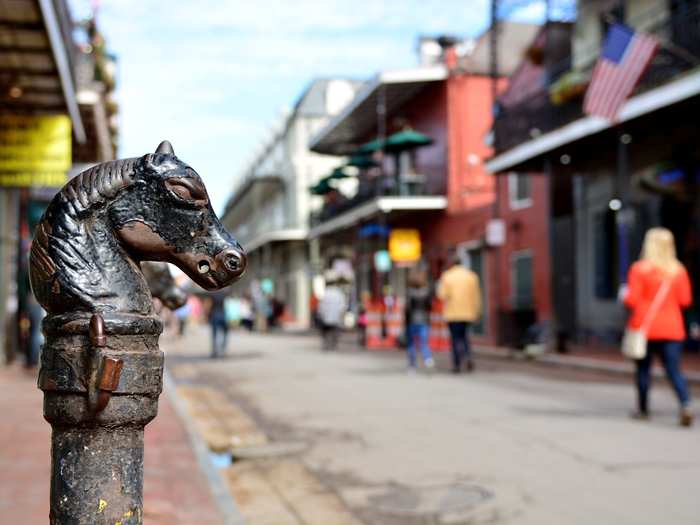
Source: Kolker, PRI
The plan itself has a variety of ways to both restore protective natural habitats and to bolster protection for human settlements.
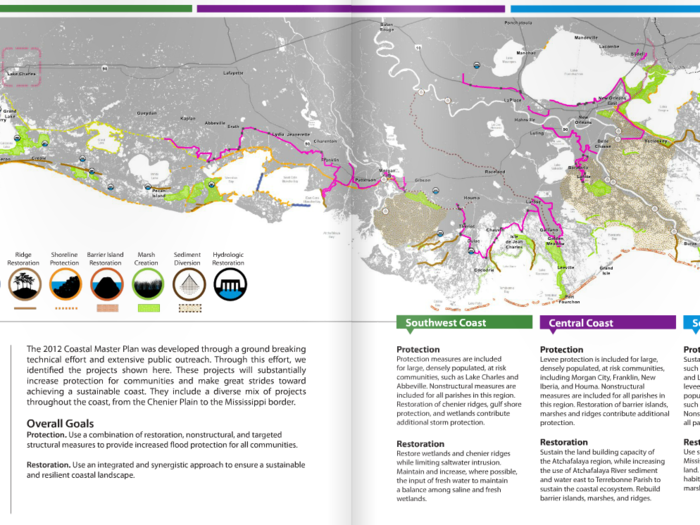
New levees would be built up around New Orleans and swamps, marshes, and barrier islands could be restored with sediment from a more free Mississippi.
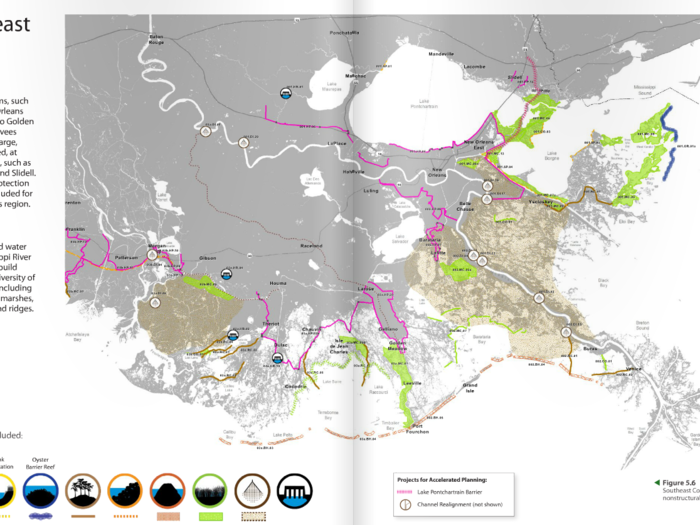
If the ambitious plan to protect Louisiana doesn't get funded, then by the end of the century, warns professor McCarthy at Harvard, "New Orleans is gone."
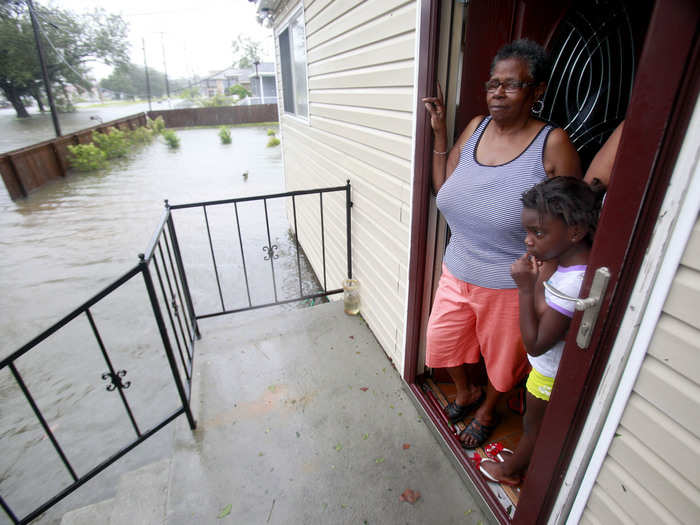
Popular Right Now
Popular Keywords
Advertisement